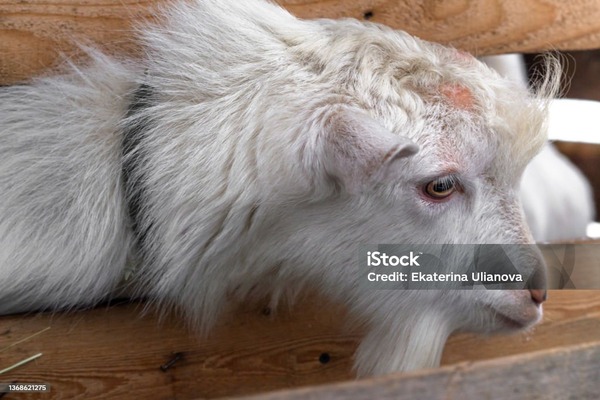Understanding Bluetongue Disease.
By Deborah
Bluetongue disease (BTD) is known worldwide to be a very challenging animal disease condition for farmers, particularly those managing sheep, cattle, and other ruminants. It is a viral disease that is transmitted by biting midges, and it is known to significantly affect the health and productivity of livestock. It is therefore important for farmers to understand its causes, symptoms, prevention and control management strategies to implement because they are essential to protect the operations of the farm and maintain economic viability.
What is Bluetongue Disease?
Bluetongue disease a viral disease caused by Bluetongue virus (BTV), of the Orbivirus genus. Ruminants are primarily affected by this disease. It affects sheep, cattle, and sometimes goats, although cattles are often asymptomatic carriers of the virus. The virus is transmitted through the bites of biting midges; Culicoides-these are tiny insects that are mostly prevalent in climates that are warm and humid. This disease does not affect humans, but it has severe consequences for livestock, therefore, making it a critical concern globally for farmers.
Symptoms of BTD
The symptoms of this disease can vary based on severity, specie of ruminants affected, and the breed of the affected animal. Sheep are particularly, the most vulnerable and often show symptoms listed below:
-High fever
-Lethargy
-Swelling of the face, lips, and tongue, that can sometimes result in a “blue” discoloration of the tongue.
-Lameness due to inflammation of the hooves.
-Excess salivation
-Nasal discharge.
However, in cattle, the symptoms are milder but may include symptoms such as:
Reduced milk production and
Weight loss.
Diagnosis of BTD
It’s crucial to diagnose BTD early to reduce its spread. Veterinary professionals use some diagnostic techniques like Polymerase Chain Reaction (PCR) tests and also, Serological tests to confirm the presence of the virus.
Impact of BTD on Farms
Bluetongue disease can have devastating effects on farms if not well managed. The rate of mortality can be high in sheep if the viral outbreak is very severe, and if there are animals that survived, they often end up with health issues that are long term.
For cattle, even though they show milder symptoms, subclinical infection of the virus can lead to reduced productivity which includes low milk yield and reduced weight gain.
There’s also an economic impact of this viral disease. It extends beyond direct losses of the farm animals. Farms affected by the disease may be faced with trade restrictions on their livestock and animal products produced which directly impacts the revenue of the farmer.
Prevention and Control
The prevention and management of bluetongue disease requires combining a number of strategies, some of which are:
1. Control of Vector
The midges responsible for the transmission of BTV transmission are prevalent in warm and moist environments. Midge population can be greatly reduced by:
– Application of insecticides or insect repellents on animals.
– Installation of screens with fine-mesh in barns and other housing areas on the farm.
– Elimination of the breeding ground for midges which is stagnant water
2. Vaccination
Vaccination is one of the most safest and effective way to protect your livestock against bluetongue disease. These vaccines are specific to a stereotype of the virus, that is, they target specific strains of the virus present in a particular region. Consultation of local veterinarians within the region or agricultural authorities should be made by farmers to determine the most appropriate vaccine to use.
3. Implementation of Good Management Practices
Good farm hygiene and management practices can greatly reduce the risk of bluetongue disease. Some of these practices include:
– Quarantine of new animals entering the farm before introducing them to the herd.
– Conducting regular health checks for the animals and regular veterinary assessments.
– Implementation of biosecurity measures to minimize the transmission of the disease
4. Governments and agricultural organizations largely play a role in the management of diseases by monitoring outbreaks, issuing warnings timely to farmers, and supporting farmers with resources needed and enlightenment.
Also read: Agribusiness
Conclusion
As farmers face evolving challenges, diseases like bluetongue are becoming more prevalent in areas that has been previously unaffected, and this raises serious concern. Farmers should stay informed about local outbreaks of diseases, adopt and implement preventive measures to protect their livestock. Also, the cooperation between farmers, veterinarians, and agricultural authorities is very important to control bluetongue disease and ensure the growth of farming operations.
By following the notes above, farmers can minimize losses and contribute to a more healthier, and productive livestock systems.

Comments are closed